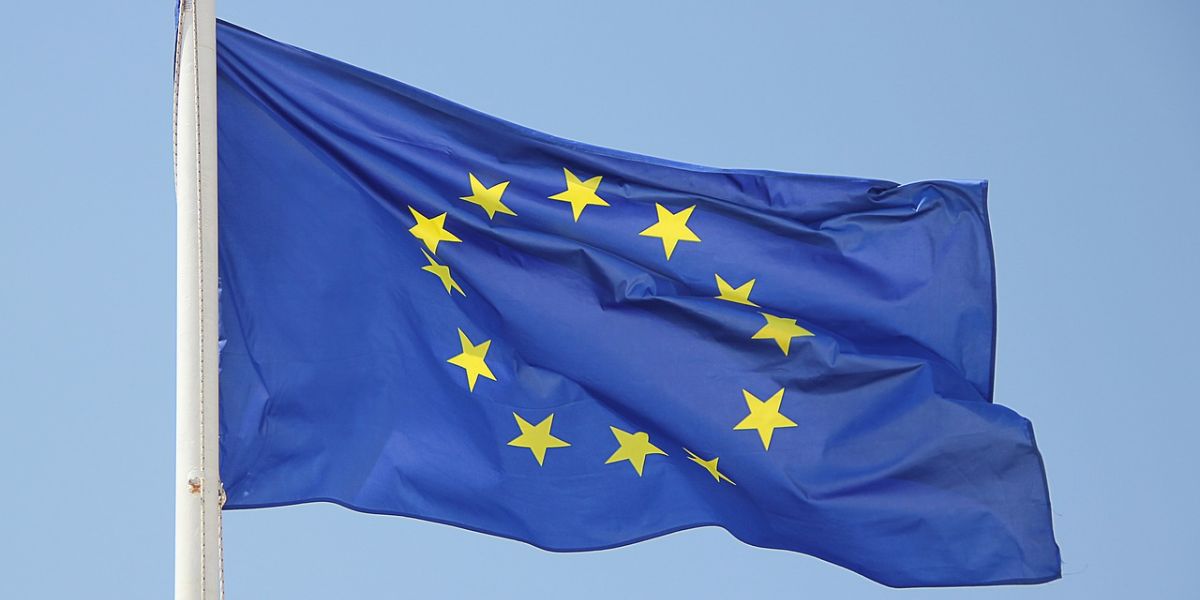The European Commission (EC) released the questions and answers on the US reciprocal tariff policy in response to a memorandum from the Trump administration on 18 February 2024. These Q&As introduce the “Fair and Reciprocal Plan” to reduce the trade deficit and promote fairness in international trade.
This includes introducing reciprocal tariffs based on each foreign trading partner. This will involve reviewing non-reciprocal trade relationships, including tariffs, VAT, and other costs or policies imposed by trading partners.
Questions and Answers on the US Reciprocal Tariff Policy
What is the current value of EU-US trade and investment?
- Total bilateral trade in goods reached EUR 851 billion in 2023. The EU exported EUR 503 billion of goods to the US market while importing EUR 347 billion; this resulted in a goods trade surplus of EUR 157 billion for the EU.
- Total bilateral trade in services between the EU and the US was worth EUR 746 billion in 2023. The EU exported EUR 319 billion of services to the US, while importing EUR 427 billion from the US; this resulted in a services trade deficit of EUR 109 billion for the EU.
- The EU and the US are also major investment partners. EU and US firms have EUR 5.3 trillion worth of investment in each other’s markets (2022 data).
Does the EU have a trade surplus vis-à-vis the US?
When goods and services are taken into account, the EU has a small surplus with the US of EUR 48 billion; this is the equivalent of just 3% of total EU-US trade (EUR 1.6 trillion). It should also be noted that the EU has a trade deficit with the US when it comes to trade in services, where the US records a surplus of EUR 109 billion. In this sense, our economies complement each other very well.
Is Value-Added Tax a tariff? What is the purpose of the VAT?
Value-Added Tax (VAT) is a consumption tax, similar to sales taxes in the United States, and is used in over 170 countries worldwide. It is applied on a non-discriminatory basis, regardless of where a product is made. Any company selling goods for consumption in the EU—whether foreign or domestic—must pay VAT. EU-produced goods pay exactly the same VAT as any imported goods. VAT is not a trade measure, let alone a tariff. It is clearly not a measure applied exclusively to foreign goods like an import tariff.
How does the WTO consider internal taxes like VAT and are they allowed?
The EU’s VAT system is fair and non-discriminatory, applying equally to both domestically produced and imported goods. Any company selling goods for consumption in the EU—whether foreign or domestic—must pay VAT. EU-produced goods pay exactly the same VAT as any imported goods. As such, VAT is a domestic, non-discriminatory tax, which is allowed by the WTO, GATT Article III, since its creation in 1947.
Does the US charge internal taxes to goods and services?
It is important to note that in both the cases of EU VAT and US sales taxes, the goods produced in the EU and US are treated in the same way, in each market, compared to the imported goods from the other party. That is the relevant point of comparison.
What is the current average tariff rate charged by the EU on imports from the US? What is the current average tariff rate charged by the US on imports from the EU?
For technical reasons, there is not one “absolute” figure for the average tariffs on EU-US trade, as this calculation can be done in a variety of ways which produce quite varied results. Nevertheless, considering the actual trade in goods between the EU and the US, in practice the average tariff rate on both sides is approximately 1%. In 2023, the US collected approximately EUR 7 billion of tariffs on EU exports, and the EU collected approximately EUR 3 billion on US exports.
Has the EU offered to lower certain tariffs, like car tariffs, for the US?
The EU has the largest network of trade agreements and is engaged with most of its partners in discussions on reducing tariffs as part of broader balanced trade negotiations. The EU is ready to find mutually beneficial solutions with the US on tariffs. No specific offer on reducing tariffs has been made by either side. Any tariff reductions must be mutually beneficial and negotiated within a fair and rules-based framework. The EU remains committed to deepening transatlantic trade relations and addressing tariff concerns through constructive dialogue.
Doesn’t the US have a point about an asymmetry in tariffs, such as the EU’s 10% tariff on cars compared to the US’s 2.5% tariff?
Tariff structures vary between economies, with some EU tariffs higher than those of the US and many others lower. Both the EU and the US have equally low tariffs overall.
While the EU applies a 10% Most Favored Nation (MFN) tariff on cars, it’s important to note that the US imposes a 25% tariff on pickup trucks—the largest segment of the US auto market, accounting for about one-third of all vehicle sales. In fact, the best-selling vehicle in the US is a pickup truck, the Ford F-150.
The EU remains open to balanced negotiations that foster a level playing field for both sides.












